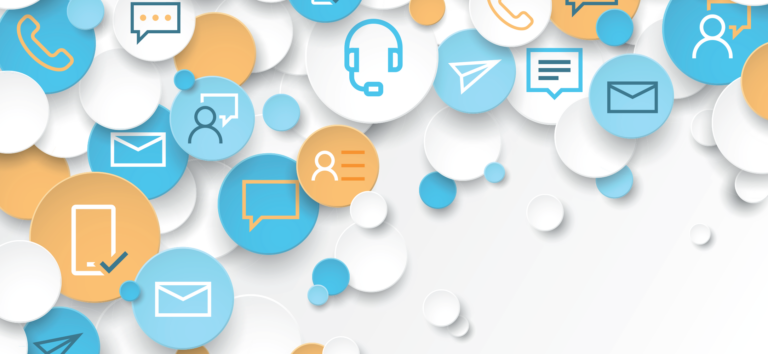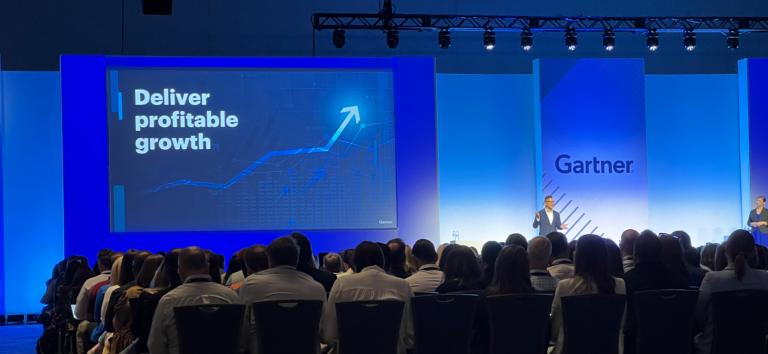Building a loyal and consistent customer base is critical for brands. Loyal customers spend more money, engage more, and are more willing to advocate for a brand. Loyalty also drives higher retention rates and customer satisfaction.
Building loyalty requires creating great experiences throughout the entire customer lifecycle – and those experiences need to be relevant and personalized. According to a study from Forbes and Treasure Data, improving customer loyalty programs is a top reason for driving personalization programs forward.
To do personalization right and grow a loyal customer base, you need to have a complete picture of your customers and the relationships they have with your brand. That requires building a customer view that crosses departments and applications— something you can do easily with a customer data platform (CDP).
What is the Difference Between Customer Loyalty and Customer Retention?
Loyalty and retention are used so often together that you might think they are one and the same. But while closely related, there are key differences between the two.
- Retention is the ability to gain repeat business from your existing customers. For example, a brand that sells a specialty sneaker wants its customers to come back and buy a new pair. Or, a SaaS vendor that wants customers to renew their yearly subscription.
- Loyalty is different. It’s not only how long a customer stays with you, it’s how much they engage with your products or services, and how willing they are to recommend you to others. They’ll also spend more money with you buying other products or services.
Just because a customer renews their annual subscription doesn’t mean they aren’t considering switching to a competitor. A loyal customer doesn’t even think about switching. They are happy and satisfied and will stay with your brand forever (assuming you keep them happy).
The simplest way to think of loyalty and retention is this: retention keeps your business from declining, but loyalty grows it. So, if you want to create a scalable business, you have to think beyond retention and build loyalty programs that keep your customers coming back, and make them want to advocate for you to others.
Why is Customer Loyalty So Important for Brands?
Your business will not grow if it doesn’t retain its current customers, but if your customers aren’t loyal to your brand, you risk losing them to competitors.
Loyalty is built throughout the entire customer experience. The quality of your products, customer support, the user experience across all your customer channels, the value you offer in the form of rewards and other benefits, and your products all impact a customer’s propensity to be loyal to your brand.
According to PwC’s 2022 Customer Loyalty Survey, 55 percent of surveyed consumers said multiple bad experiences would cause them to drop a brand they liked. Another 37 percent cited a bad experience with products/services as the reason for leaving a brand, and 32 percent singled out a bad customer service incident.
That’s why moving beyond focusing solely on retention, to creating truly loyal customers through relevant and personalized experiences throughout the customer lifecycle, is critical.
How a CDP Helps Execute Highly Relevant Customer Loyalty Campaigns
Creating loyal customers requires a deep understanding of the customer journey so you can deliver personalized experiences. Let’s look at a few ways you can leverage a CDP for loyalty campaigns.
1. Create Personalized Customer Experiences
To create a personalized experience, you need to know your customer intimately. That requires access to first-party and zero-party data captured across all your applications. This data provides detailed knowledge of a customer, including the products and services they purchased, their interactions on your website or with emails, communication preferences or interests, and more. A CDP connects all your applications to combine this data in a central location, giving you a 360-degree customer view. You can then use this customer profile to create targeted, personalized experiences.
brands can create hyper-personalized experiences to elevate their existing loyalty programs. When a user logs in, the CDP can instantly relay customer profile details to provide relevant content, rewards, and benefits. As customers engage and continue to set up preferences and interests, that data is added to the customer profile, helping to improve the experience.
Another example involves using chatbots to provide information and support to customers. Many brands provide a chatbot on their websites, but it’s often generic. Brands that can connect their chatbot to their CDP to to have customer profile data easily accessible, so live agents or automated services can offer relevant, and valuable information and support.
2. Offer Highly Relevant Service
According to McKinsey, white-glove services are the future of all customer experiences:
“Characterized by attention to detail, convenience, speed, and emotional fulfillment, this high standard of service offers solutions, products, and services that are tailored to each customer’s specific and unique needs. It is central to a customer-first mindset and made possible by the availability of data and advanced analytics to track a customer’s individual journey in real time.”
Whether a digital or in-person experience, brands can create white-glove sales and customer service using historical data, past purchase history, current engagement on websites, or prior customer support requests.
For example, one of the most important parts of the healthcare provider’s journey is engaging with Sales reps, of which 56 percent of that time is spent in in-person meetings. What if you could provide those reps with detailed information about the HCP that made the conversations and offers more relevant? This would make the meeting more meaningful, with content that’s directly in line with a provider’s specific needs.
3. Encourage Feedback and Engagement
Loyal customers are highly engaged with your brand, creating the perfect opportunity to collect feedback on what they like (and don’t like) about your products, services and experiences.
Customer feedback data can be used to customize marketing and sales interactions for the customer. You can also use the information to improve your products and services and make better business decisions. As a result, your customers play an active role in how you go-to-market and support their needs.
4. Precise Targeting Based on User Preferences
Zero-party data stored in your CDP tells you exactly how a customer wants you to engage with them. Building segments in your CDP based on these user preferences allows for more precise ad targeting. Ad spend is then optimized to offer the most relevant promotions and products to the right audiences.
Knowing your customer’s preferences, including products and interests, enables you to design more accurate cross-selling and upselling opportunities.
5. Next-Best Action Recommendations
Next-best action is a technique that uses data-driven insights from marketing, sales, customer service, and other departments to predict the next action to take with a consumer. It works by having access to interaction data from across departments and then analyzing it using machine learning and AI to predict what the next step is to perform with a customer, including what content, message, or offer to make. CDPs that include AI-powered predictive analytics play a key role in determining next-best-action recommendations.
Building Loyalty Across the Customer Lifecycle
Too often, brands think that once a customer is acquired, they will come back. But winning a customer is just the first part of building customer lifetime value.
A KPMG study found that 85 percent of company growth comes from loyal customers. That means you must continue to nurture customers throughout the complete customer lifecycle to create the kind of loyalty that keeps people advocating for your brand. With a CDP, you can be confident that you are providing relevant, personalized experiences that reflect what your customers expect and need.



